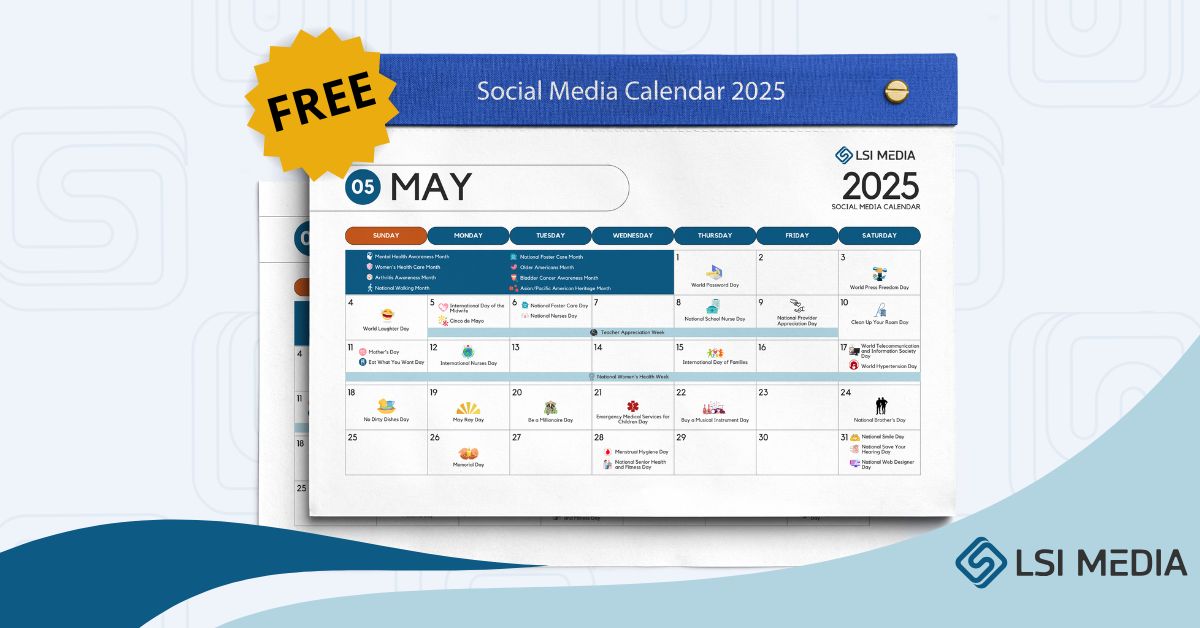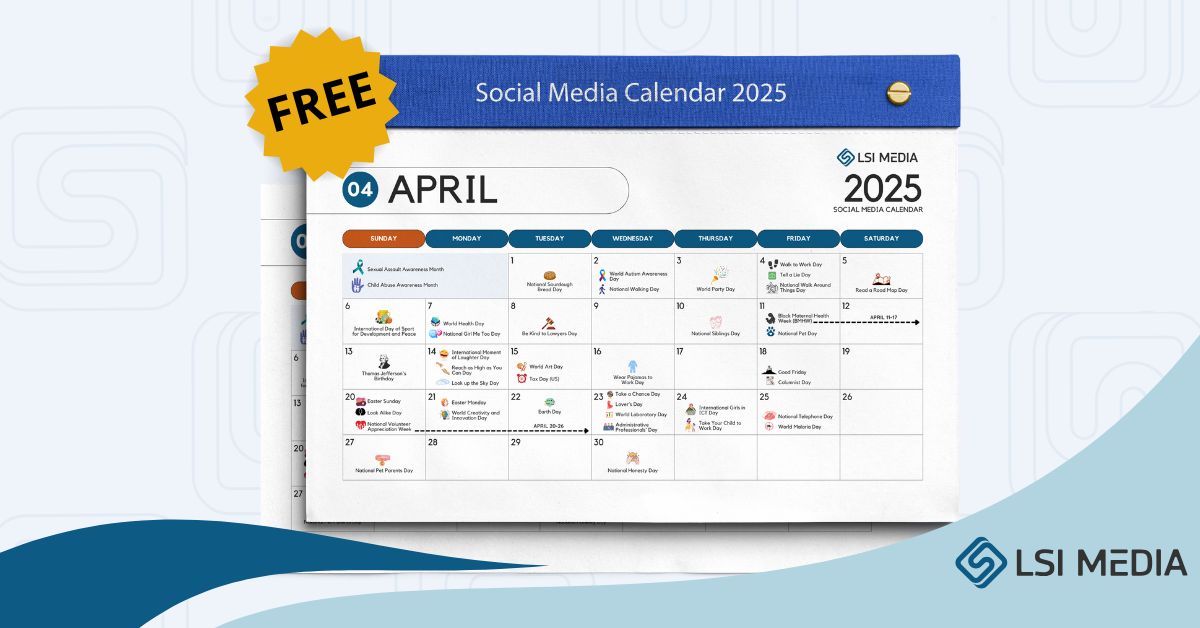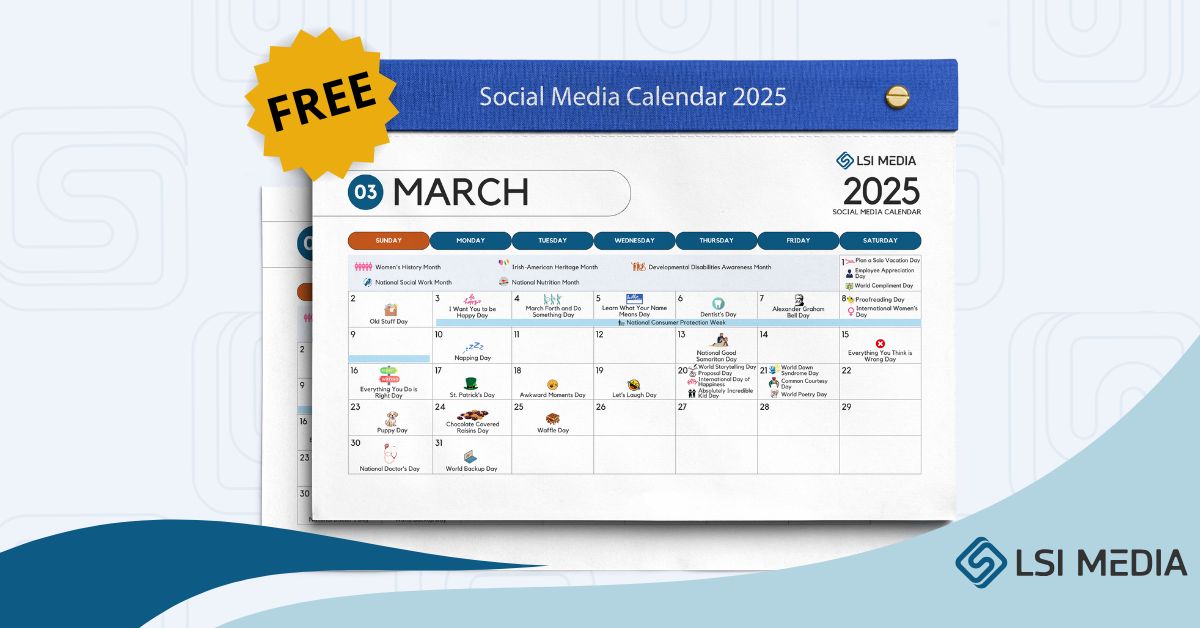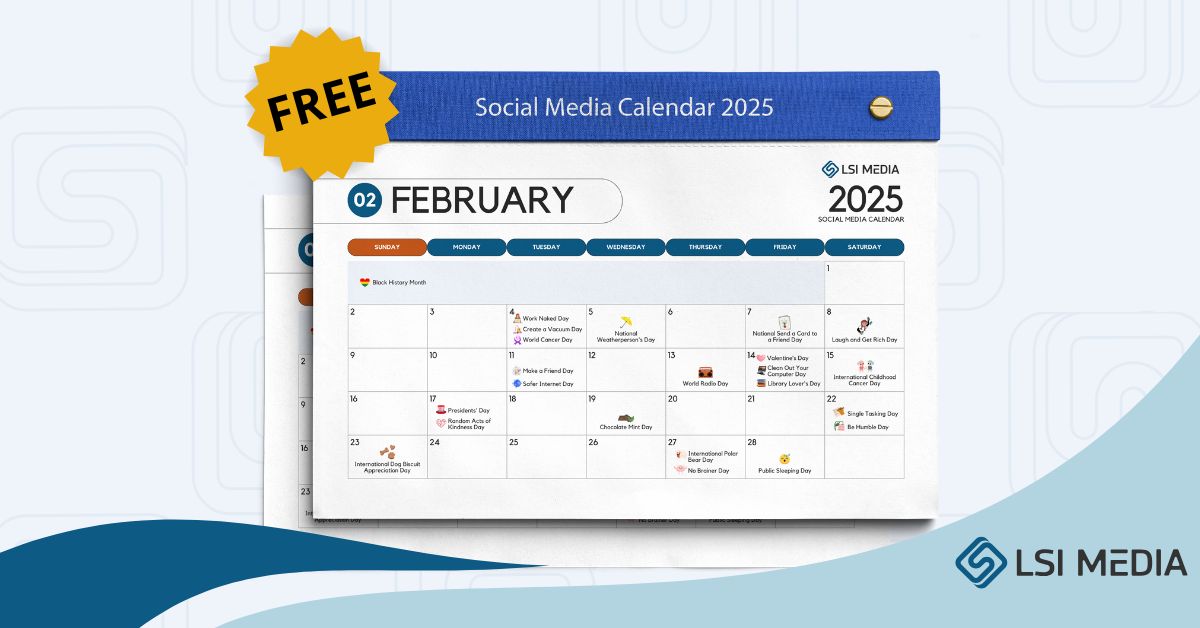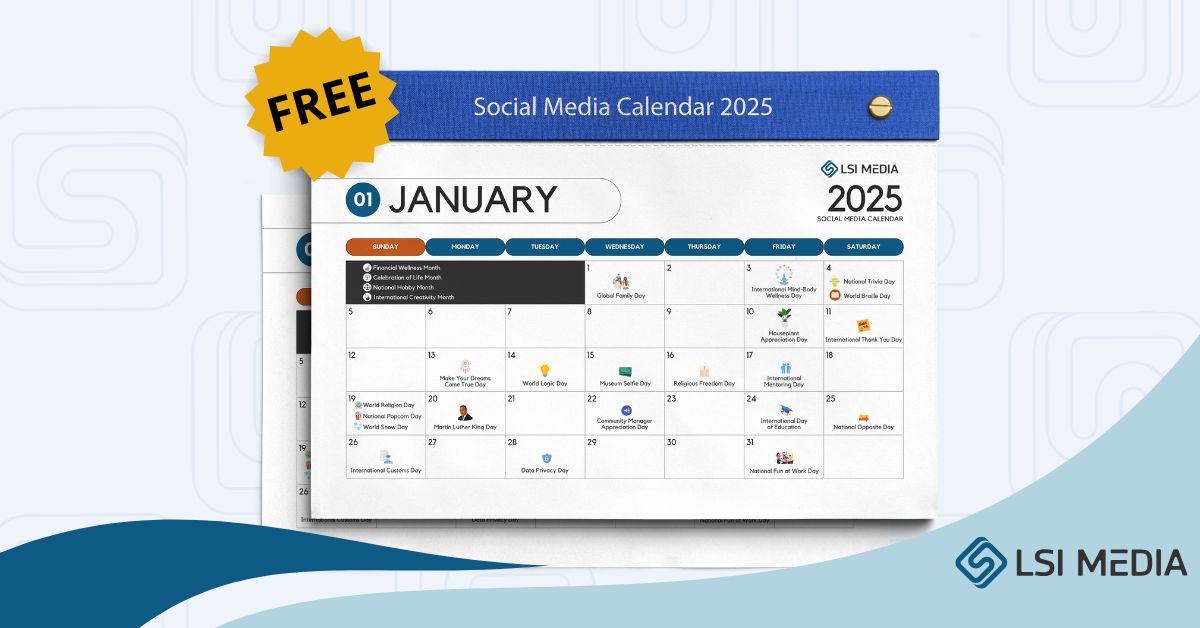[ez-toc]
Google SERPs (Search Engine Results Pages) are constantly evolving, and understanding user behavior on these pages is crucial for businesses and marketers. A recent study has shed light on the changing patterns of user clicks on Google’s search pages, using heat maps to visualize the areas of highest engagement.
Gone are the days when users primarily focused on the top organic search results; instead, clicks are now spread across a wider range of positions. This article will explore the implications of these changes, providing insights into how businesses can optimize their visibility and increase their chances of securing user engagement on Google SERPs.
The Mediative team’s research on the new SERP and what they wanted to find out:
What Mediative Found Out about Google SERPs
Mediative recently published the results of their latest eye-tracking study where they zeroed in on how users interact with Google search results pages (Google SERPs) to identify real opportunities for SEO, PPC, and social media branding it relates to click-through rates. What they found is enlightening and corresponds to what I’m seeing with some of my clients.
What is the Golden Triangle Heat Map For, and Does it Help with Google SERPs?
Some of you remember the 2005 study known as the Golden Triangle heat map displaying how users interacted with Google SERPs, but people don’t interact with SERPs in the same way today. Google has added more search elements that impact how users view and click, thus affecting Google SERPs:
Source: CaptureCommerce
FAQs:
1. What are Google SERPs?
Google SERPs stands for Google Search Engine Results Pages. These are the pages that Google displays when you search for something on their search engine.
2. How have Google SERPs changed?
In recent years, Google has made several changes to their SERPs layout. They have introduced features such as featured snippets, knowledge panels, ads, and localized results, which have altered the way search results are presented.
3. What is a heat map study of where people click?
A heat map study of where people click is a research method that tracks and visualizes the areas on a webpage that receive the most clicks. In the context of Google SERPs, it helps us understand user behavior and the patterns of interaction with search results.
4. Why is a heat map study important for Google SERPs?
A heat map study provides valuable insights into user behavior on Google SERPs. It helps SEO experts and webmasters understand which areas on the search results page are attracting the most attention and click-throughs, which can inform their optimization strategies.
5. What factors can influence where people click on Google SERPs?
Several factors can influence where people click on Google SERPs. These include the position of the search result, its relevance to the search query, the appearance of visually appealing features like images or videos, and the presence of other attention-grabbing elements such as ads or rich snippets.
6. How can I optimize my website for click-throughs on Google SERPs?
To optimize your website for click-throughs on Google SERPs, you should focus on improving your overall search result appearance. This can be done by creating compelling meta descriptions, using relevant and eye-catching title tags, utilizing structured data markup to enhance rich snippets, and implementing schema.org markup to increase visibility in knowledge panels.
7. What are some best practices for optimizing my website for Google SERPs?
Some best practices for optimizing your website for Google SERPs include conducting thorough keyword research to identify target search terms, creating unique and high-quality content, improving website speed and performance, ensuring mobile-friendliness, and building high-quality backlinks from authoritative websites.












